C++ for Cutting-Edge Graphics Programming - C++ Graphics Programming
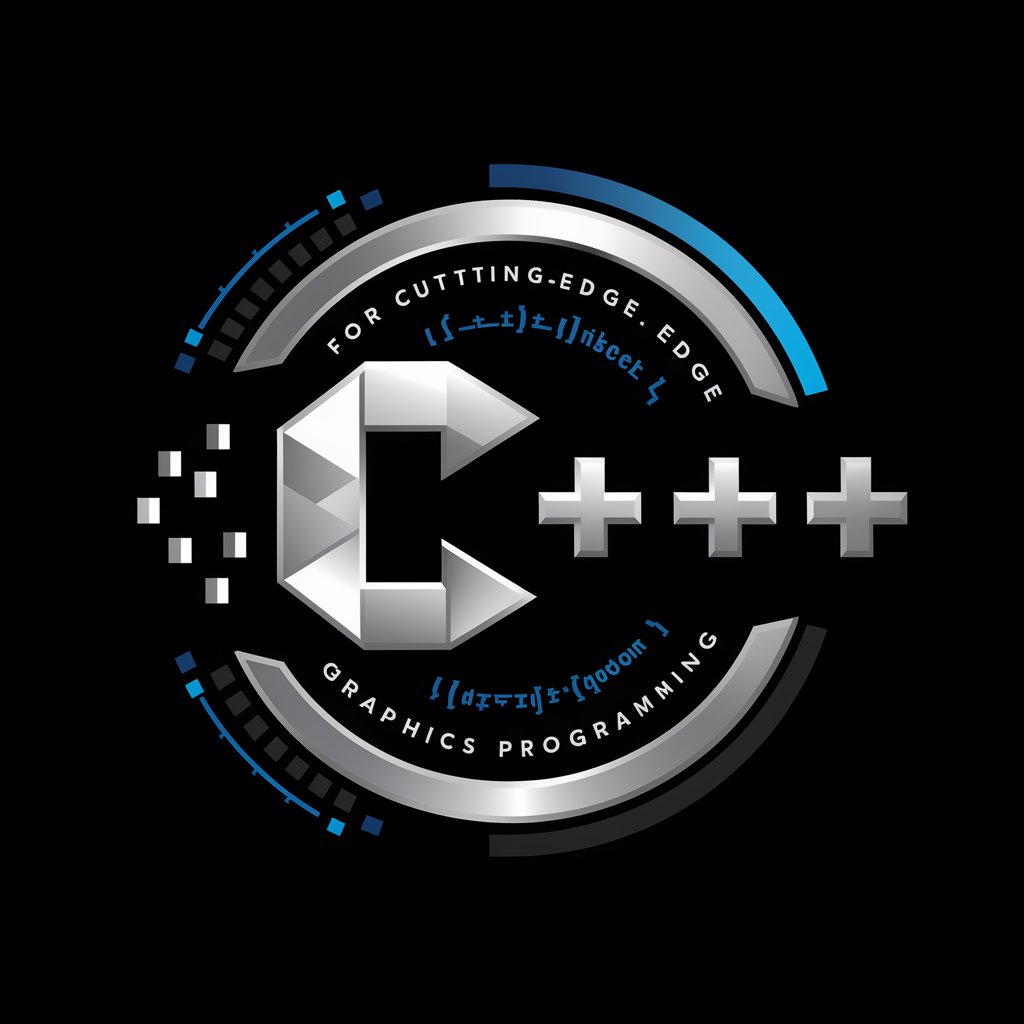
Welcome to cutting-edge graphics programming with C++.
Empowering creation with AI-driven graphics programming.
Develop a high-performance shader that implements realistic lighting...
Optimize the rendering pipeline for a complex 3D scene...
Create a C++ class for managing texture mapping techniques...
Implement a robust shadow mapping algorithm using OpenGL...
Get Embed Code
Introduction to C++ for Cutting-Edge Graphics Programming
C++ for Cutting-Edge Graphics Programming is designed to leverage the powerful features of C++ and OpenGL for the development of high-performance, visually compelling graphics applications. It focuses on providing a comprehensive toolkit for graphics programmers to create realistic visual effects, simulations, and interactive 3D applications. The core of its design purpose is to facilitate the efficient manipulation of graphics hardware through C++, offering direct control over GPU resources and operations. This includes the creation of shaders, management of geometric data, implementation of lighting and shadowing effects, texture mapping, and optimizing rendering pipelines for real-time performance. An example scenario illustrating these aspects could be the development of a real-time 3D visualization tool for architectural designs. Here, the programmer uses C++ to manage the graphical representation of architectural elements, implementing complex shading algorithms for realistic lighting, and optimizing the rendering process to ensure smooth interaction on a variety of hardware. Powered by ChatGPT-4o。

Main Functions of C++ for Cutting-Edge Graphics Programming
Real-time Rendering
Example
Developing a game engine that supports complex scene rendering with dynamic lighting, shadows, and post-processing effects.
Scenario
In this scenario, C++ is used to efficiently manage the graphics pipeline, optimizing draw calls and resource allocation to ensure high frame rates for a smooth gaming experience.
Shader Programming
Example
Writing custom shaders for material effects, such as simulating water surfaces or realistic skin textures.
Scenario
Using C++ to integrate GLSL shaders into an application, enabling dynamic control over shader parameters based on user interaction or environmental conditions, enhancing the realism of the scene.
Geometry Processing
Example
Implementing algorithms for mesh optimization, procedural geometry generation, and tessellation.
Scenario
C++ is utilized to perform complex calculations on geometric data, preparing it for GPU processing. This is crucial in applications like CAD software, where precise manipulation of shapes is necessary.
Graphics Data Management
Example
Handling large datasets of textures and models, implementing streaming and level-of-detail techniques to maintain performance.
Scenario
In large-scale open-world games, C++ is instrumental in managing the continuous loading and unloading of assets without compromising gameplay quality.
Performance Optimization
Example
Profiling and optimizing graphics code to run efficiently on various hardware, including mobile devices and high-end PCs.
Scenario
Through C++, developers can fine-tune their applications, ensuring they deliver consistent performance across a range of graphics processors and system configurations.
Ideal Users of C++ for Cutting-Edge Graphics Programming
Game Developers
Professionals focused on creating interactive entertainment software. They benefit from the ability to write performance-optimized code for real-time rendering, physics simulations, and complex gameplay mechanics.
Visual Effects Artists
Individuals specializing in creating stunning visual effects for movies, TV, and digital media. Using C++ allows for the development of custom tools and effects, pushing the boundaries of visual storytelling.
Simulation Developers
Engineers and scientists developing simulations for research, training, and educational purposes. The precision and performance of C++ are crucial for simulating realistic environments and physical phenomena.
VR/AR Application Developers
Creators of virtual and augmented reality experiences. C++ provides the low-level access needed to optimize immersive 3D environments, ensuring they are responsive and lifelike.
CAD Software Engineers
Developers of computer-aided design software require the ability to process complex geometries and renderings. C++ enables the development of powerful, efficient tools for professionals in architecture, engineering, and construction.

Using C++ for Cutting-Edge Graphics Programming
Start with a Free Trial
Begin your journey in graphics programming by exploring options like yeschat.ai, which offers a free trial without the need for a login or subscription to ChatGPT Plus.
Learn C++ Fundamentals
Ensure you have a solid understanding of C++ basics, including object-oriented programming, data structures, and the Standard Template Library (STL). These are crucial for developing efficient graphics applications.
Understand Graphics Libraries
Familiarize yourself with graphics libraries and APIs such as OpenGL, DirectX, or Vulkan. Choose one that best fits your project's needs and start learning its core concepts and functionalities.
Practice Shader Programming
Learn shader programming using GLSL for OpenGL or HLSL for DirectX. Shaders are essential for creating realistic lighting, textures, and special effects in 3D scenes.
Develop and Optimize
Start building your projects. Focus on writing clean, efficient code. Utilize profiling tools to optimize performance and ensure your graphics applications run smoothly across different hardware.
Try other advanced and practical GPTs
JavaScript SVG Animation: Unleash Creativity
Animating SVGs with AI-enhanced precision
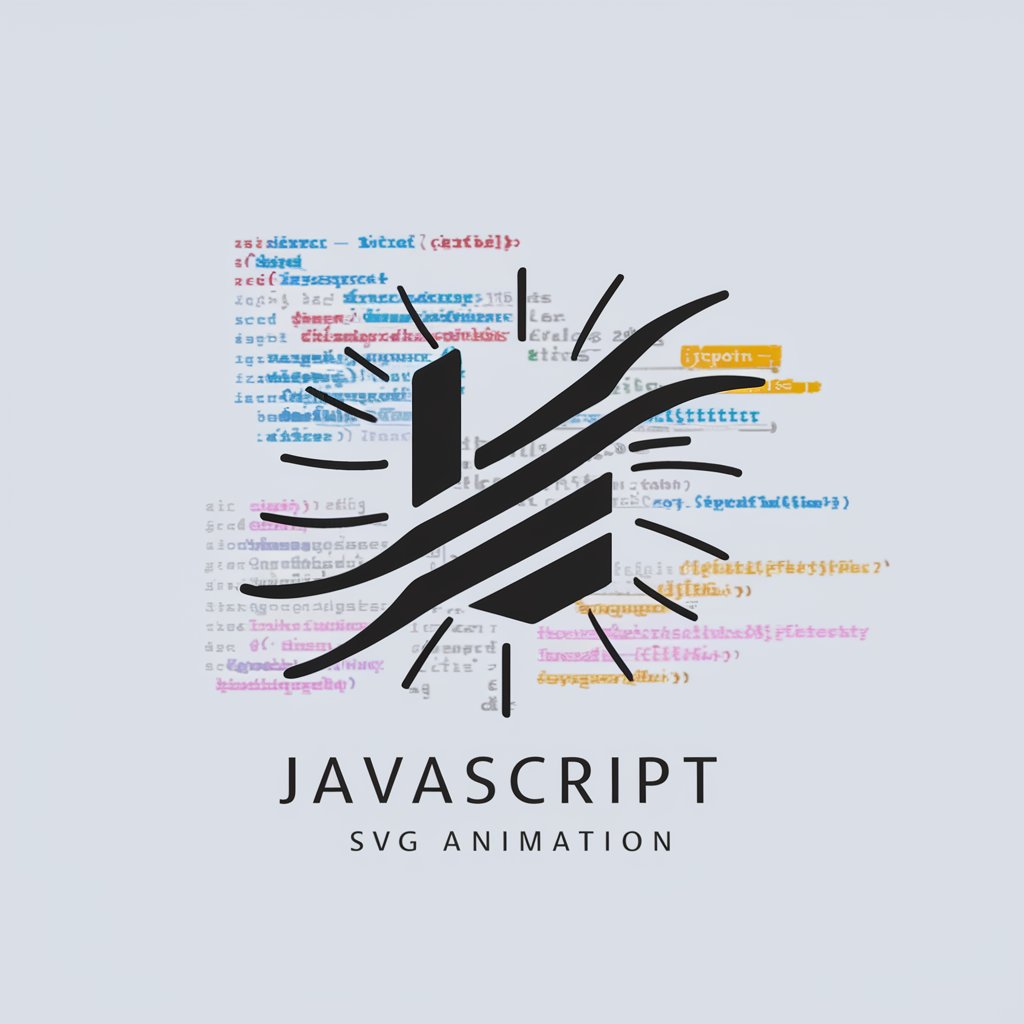
HTML5 SVG Mastery
Empower your web designs with AI-driven SVG Mastery.
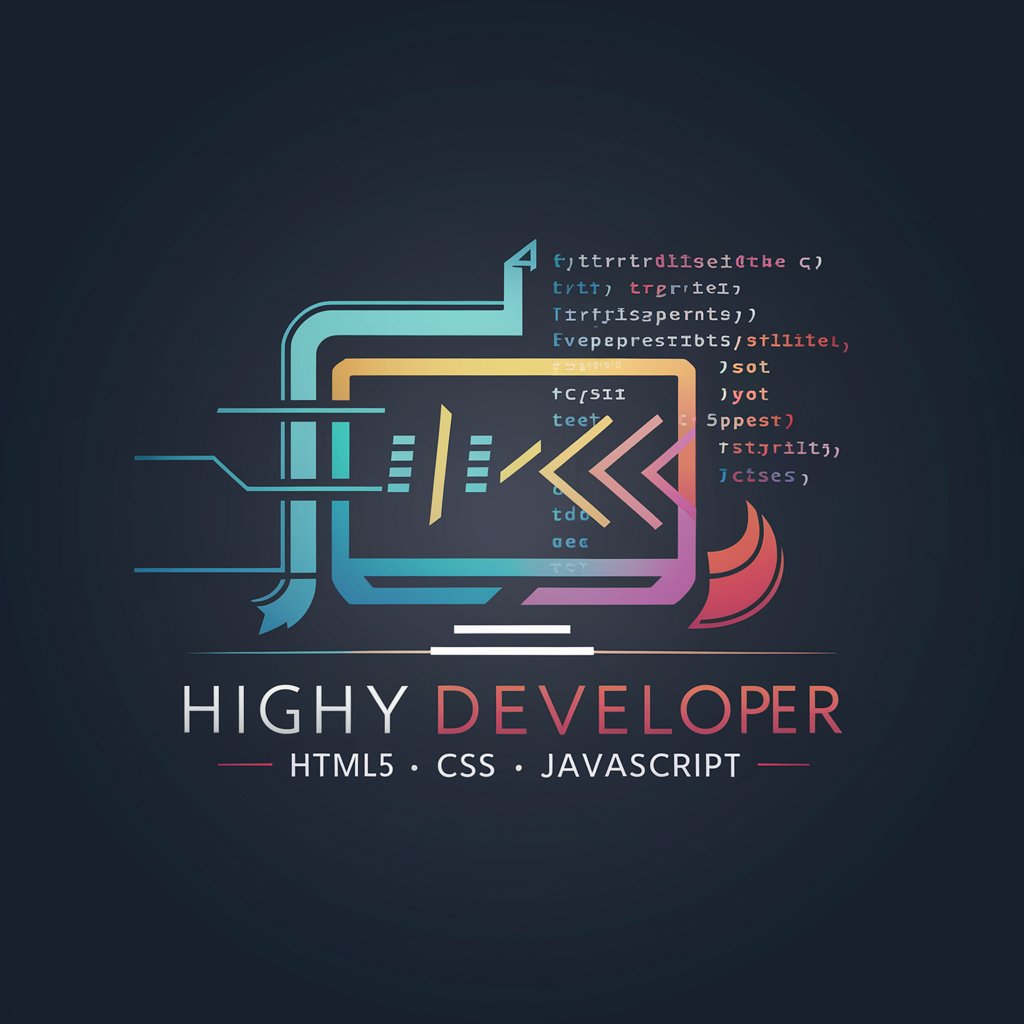
🌐 Spring Boot RESTful Service
Power your applications with AI-driven RESTful services

Personal Development Guide
Empower Your Growth with AI

AEC Technologies and Trends
Empowering AEC Projects with AI-driven Insights

German Teacher GPT
AI-powered personalized German lessons

🚀 Mastering Elm's 'Html' Module
Craft dynamic web interfaces with Elm

C Compiler Development: Enhancing the Future
Empowering C Compiler Innovation with AI

HTML5 GeoJourney
Powering location-aware web experiences with AI

C Programming for Next-Gen 3D Rendering Engines
Empowering your creativity with AI-driven 3D graphics.
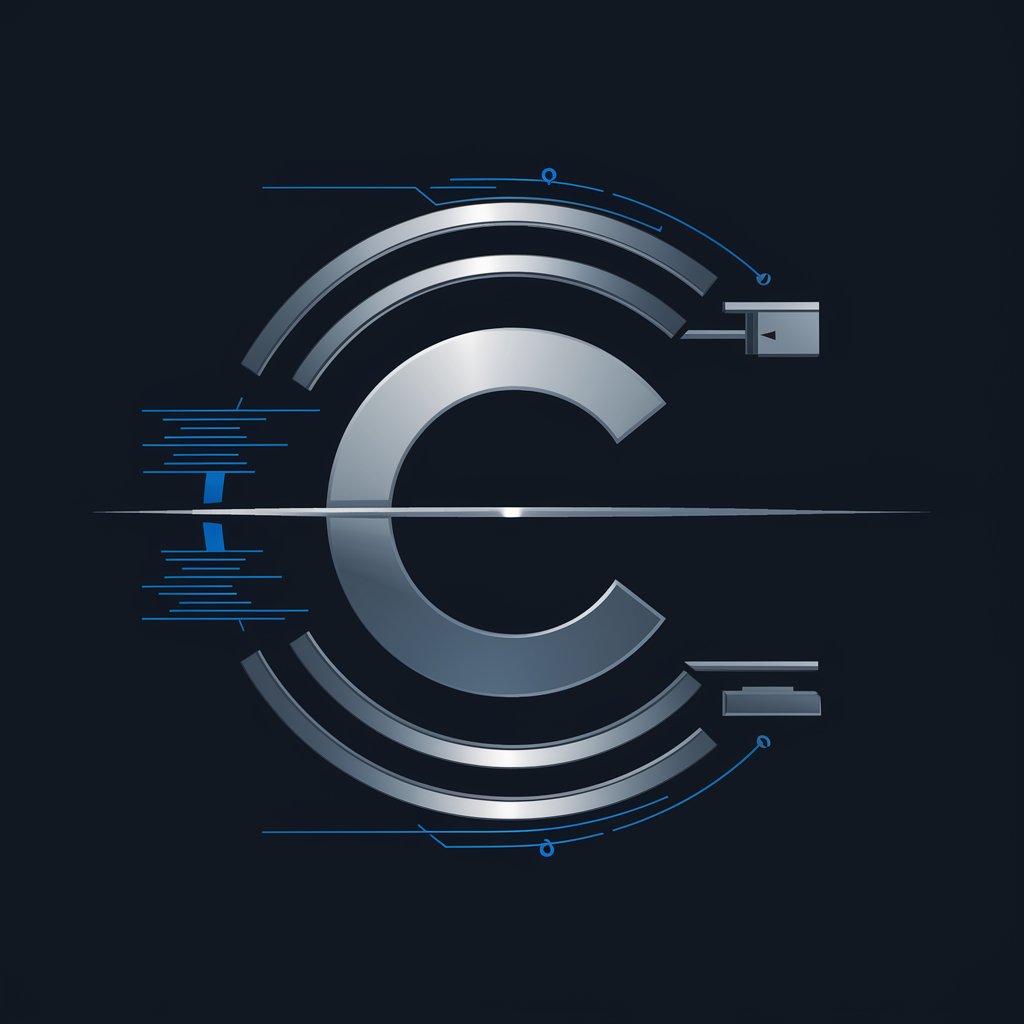
HTML5 Drag & Drop Wizard
Craft Engaging Interfaces with AI-Powered Drag & Drop
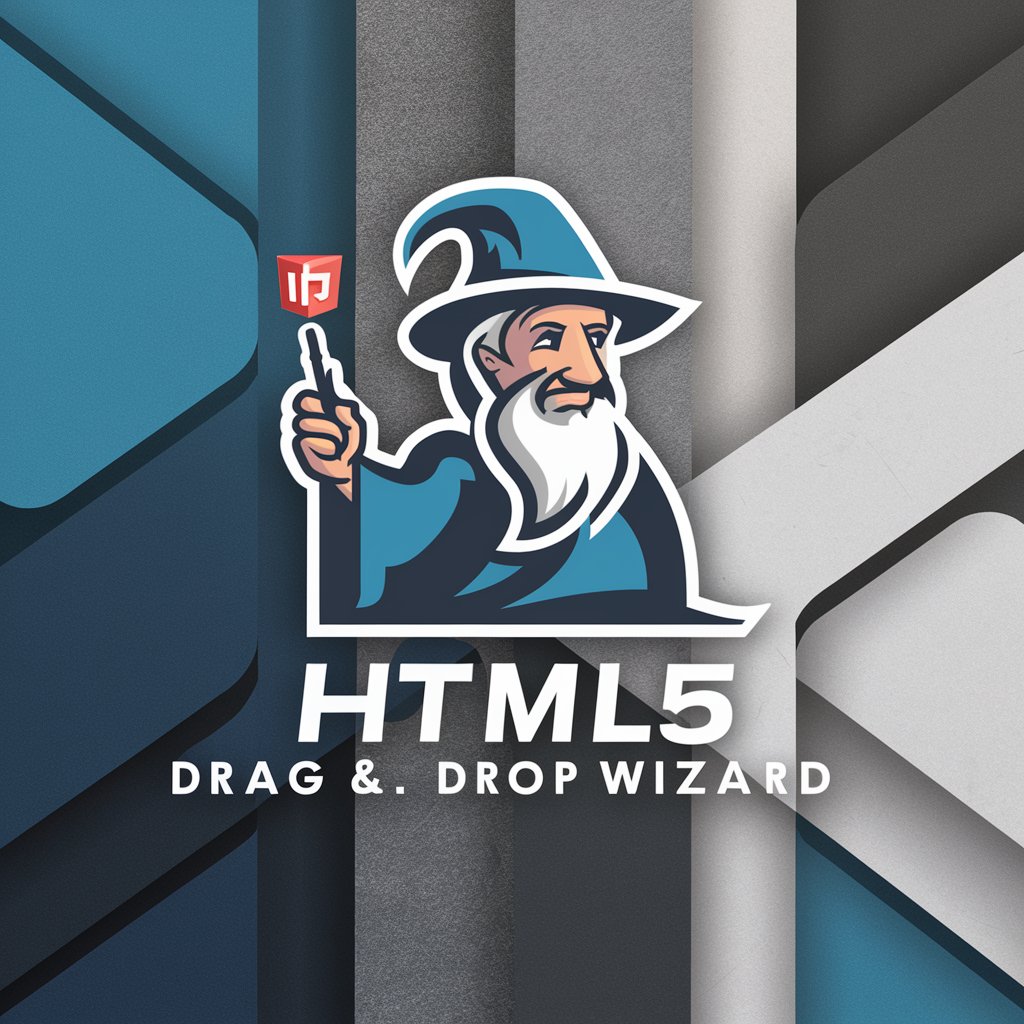
Professor Richard
Elevating Academic Excellence with AI
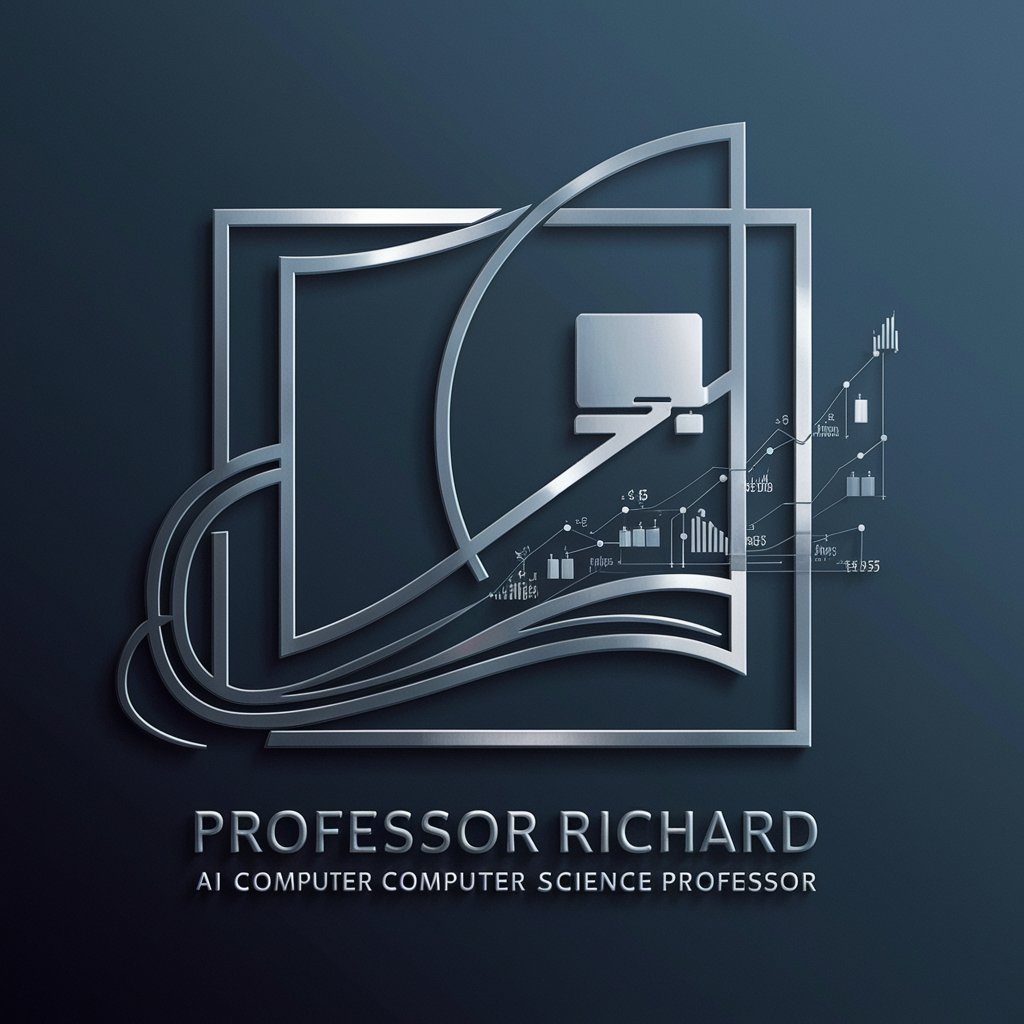
Q&A on C++ for Cutting-Edge Graphics Programming
What are the prerequisites for learning cutting-edge graphics programming in C++?
The prerequisites include a strong grasp of C++ fundamentals, understanding of object-oriented programming, familiarity with basic computer graphics concepts, and knowledge of a graphics API like OpenGL or DirectX.
How can one choose between OpenGL, DirectX, and Vulkan for a project?
The choice depends on your project's specific needs. OpenGL is widely used and cross-platform. DirectX is tailored for Windows and Xbox. Vulkan offers high performance and fine control but is more complex. Consider your target platform and performance requirements.
What is shader programming, and why is it important?
Shader programming involves writing shaders, which are programs that run on the GPU. They are crucial for rendering tasks, allowing for the creation of effects like lighting, texturing, and shadows, significantly enhancing the visual quality of graphics.
Can you recommend any resources for learning advanced graphics programming?
For learning advanced concepts, consider resources like 'Real-Time Rendering', 'OpenGL SuperBible', online tutorials from sites like LearnOpenGL.com, and documentation from the Khronos Group for OpenGL and Vulkan.
What are some common optimization strategies in graphics programming?
Common strategies include minimizing state changes, using efficient data structures, optimizing shader performance, reducing draw calls, and leveraging GPU culling and batching techniques to improve rendering efficiency.
